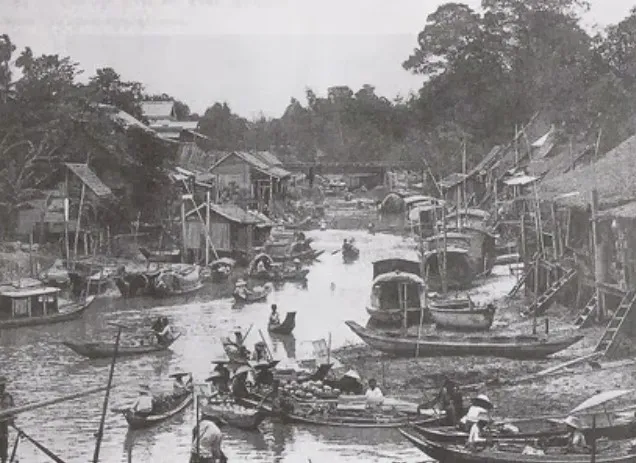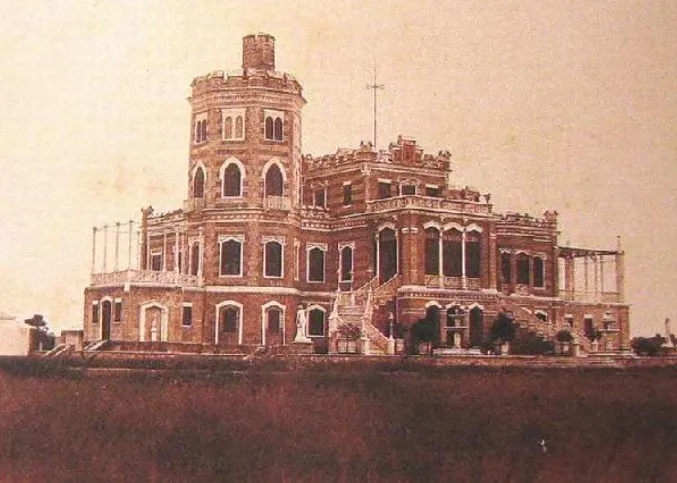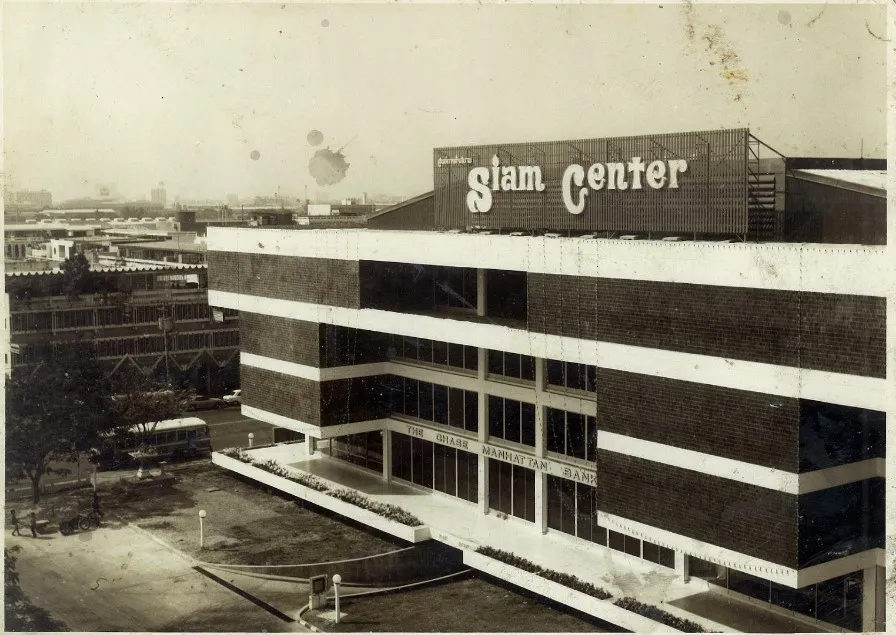Siam, the beating heart of modern Bangkok, where every Bangkokian must have visited at least once,welcoming hundreds of thousands of domestic and foreign visitors, especially younger visitors, each day. We must have all heard of Siam Paragon, Siam Square or Siam center, the top shopping malls in Thailand. But very few know of the long history behind this bustling location.
To look at the history of Siam, we must first look at the history of the very place it is located, the Pathum Wan district. Around two hundred years ago, when King Rama I moved the capital city from the west part of the Chao Phraya river, or Thonburi city, to the east part and named it “Rattanakosin”, he had many canals dug, as canals are the primary mode of transportation in the past. One of the many canals dug in the establishment of Rattanakosin was Khlong Maha Nak, which was fairly short in length compared to other canals. Despite that, the canal saw many communities formed along its bank, including Ban Khrua, Cham Muslim community and several more.
 Khlong Maha Nak floating market in the past
Khlong Maha Nak floating market in the past
Khlong Maha Nak was extended further eastward later on, and became known as Khlong Bang Kapi (and later Khlong Saen Saep), the outlying areas were cleared for paddy fields, though apart from the canal’s banks the areas remained sparsely populated.
During the reign of King Rama IV, the city had spread beyond the walls of Rattanakosin island and Khlong Phadung Krung Kasem was dug to extend the city’s periphery in 1852. The area that is now Pathum Wan was occupied by royal paddy fields by the canal, between Khlong Phadung Krung Kasem and Ban Khrua to the west and the Bang Kapi fields to the east. Some Laotian war captives had also settled in the area following the razing of Vientiane in 1827.
Around 1855, King Rama IV, or King Mongkut, visited the royal paddy fields and noticed that there were a lot of lotus flowers grown in the ponds. Mesmerized by the beauty of the scenery, he had a royal villa built and more decorative lotus flowers planted for leisurely visits. The villa was named “Pathum Wan”, which comes from Pali words Paduma, meaning lotus, and Vana, meaning forest. A temple named Wat Pathumwanaram was also built next to the palace. The King made annual visits to the palace and the temple, at first traveling by boat. A road was later built, continuing eastward from Bamrung Mueang Road, linking the palace to the city. It was originally known as Sa Pathum or Pathum Wan Road before being renamed Rama I Road in 1920.
With the royal development, the area began to attract more residents, and more palaces were built during the following reign of King Rama V or King Chulalongkorn. The King had a palace built for Prince Svasti Sobhana west of Pathum Wan Palace in 1880, and commissioned Windsor Palace to be built in 1881 for his own son Crown Prince Vajirunhis, buying up large amounts of land for what was to be its extensive grounds. He also later gifted a plot of land to another son, Prince Mahidol Adulyadej, though it was Mahidol's mother Queen Savang Vadhana who oversaw the construction of Sa Pathum Palace there after Chulalongkorn died in 1910.
Following the death of Prince Vajirunhis, the vacant Windsor Palace was given to the Chulalongkorn University when it was first established in 1917 by King Rama VI.
 Windsor Palace stood from 1884 to 1935
Windsor Palace stood from 1884 to 1935
Fuld also build the Siam Center shopping center, which opened in 1973.
 Siam Center, one of Thailand’s most popular and modern shopping center at that time
Siam Center, one of Thailand’s most popular and modern shopping center at that time
Mahboonkrong (later to become known as MBK Center) opened on a nearby plot of university land in 1985, the same year as World Trade Center (now Centralworld) in Ratchaprasong, and the two brought formidable competition to the scene. BIHC opened its second mall, Siam Discovery, in 1997 amidst that year's financial crisis and construction of the BTS Skytrain.
By the 1990s, the neighborhood, and Siam Square in particular, had become known as the city's main lifestyle destination for urban youth, taking over the role previously held by the Wang Burapha area in the 1950s–1960s. The opening of the BTS in 1999, with its central interchange at Siam Station, further cemented the area's prominence, and together with Ratchaprasong, it has been observed to function as a central shopping district, marking the modern-day city center. The Siam Inter-Continental closed down in 2002, and was replaced by Siam Paragon, the neighborhood's largest mall, which opened in 2005.

